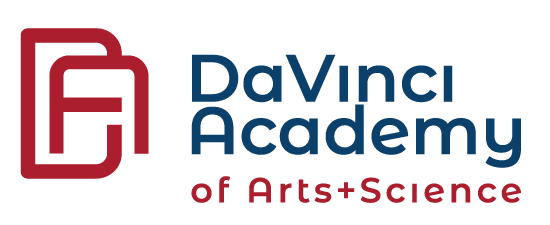Minnesota charter schools are independent public schools started, governed and operated jointly by licensed teachers, parents, community members and an elected board of directors. They are part of the state public school system, but operate independently, as a separate school district. All charter schools in Minneosta are tuition‐free and are open to and welcome all students, no matter ability or need.
Minnesota was the birthplace of the charter movement. In 1991, the Minnesota Legislature passed the first charter school law in the nation. It was the beginning of a unique public school option that has grown steadily over the past two decades. As of August 2015, there are 165 charter schools in operation in the state. While over 60% of charters are located in the greater Twin Cities metropolitan area, there are charters in communities across the state.
Charter schools are non-profit organizations funded by state general education revenues. However, unlike traditional school districts, charter schools cannot initiate tax levies to generate additional funding. Charter schools are open to all students, and do not charge tuition.
Every charter school in Minnesota must be approved by the Minnesota Department of Education and have a sponsoring Authorizer, who is responsible for oversight of all school operations. Both of these entities monitor the charter school’s performance in meeting both academic and non-academic charter contract goals the school has established and they have approved. DaVinci Academy’s Authorizer is Friends of Education.
Charter schools offer a unique educational choice in terms of curriculum, instructional methodology and an overall learning experience focused on results. An effective charter school is designed to increase student achievement above the levels experienced in a traditional public school.
Charter School Basics
- Charter schools are tuition free public schools.
- Charter schools may not require entrance exams or requirements.
- Charter schools may not limit the admission of pupils on the basis of intellectual ability, measures of achievement or aptitude, or athletic ability.
- Charter schools must accept all students up to capacity. If there are more students than slots, the school must conduct a lottery.
- Charter schools are normally smaller in size than traditional public schools and usually have smaller class sizes.
- Charter schools receive less per pupil funding than traditional public schools; they may not levy property taxes, and receive no funding from local property taxes.
- Charter schools are formed and operate as Minnesota non‐profit corporations.
- Charter schools boards enter into a legally binding charter contract with an authorizer.
- Charter school teachers must hold a valid Minnesota teaching license.
Learn more about Minnesota Charter Schools:
Minnesota Department of Education
MN Association of Charter Schools



